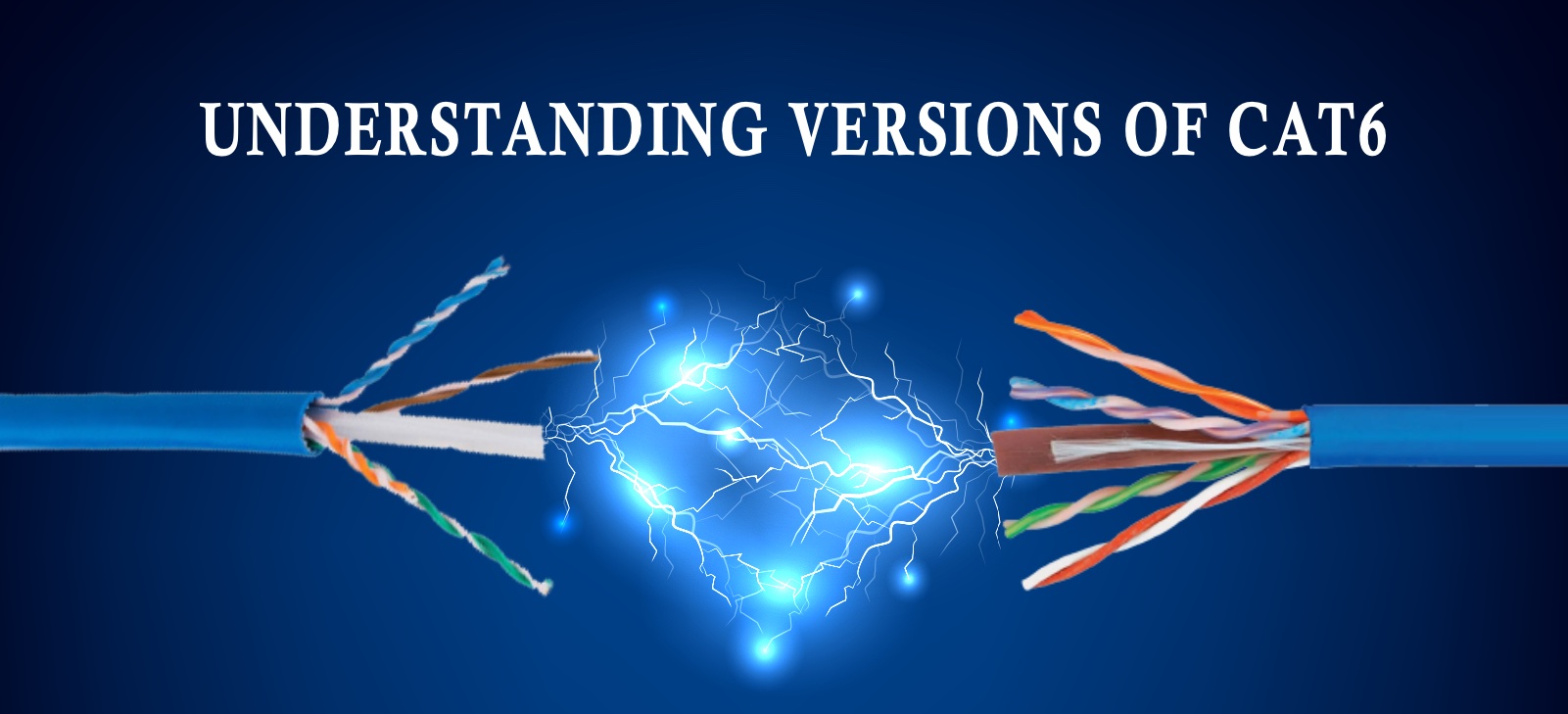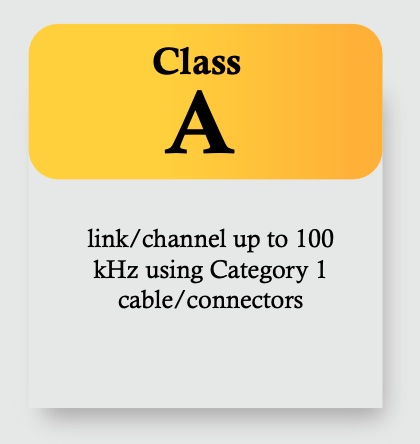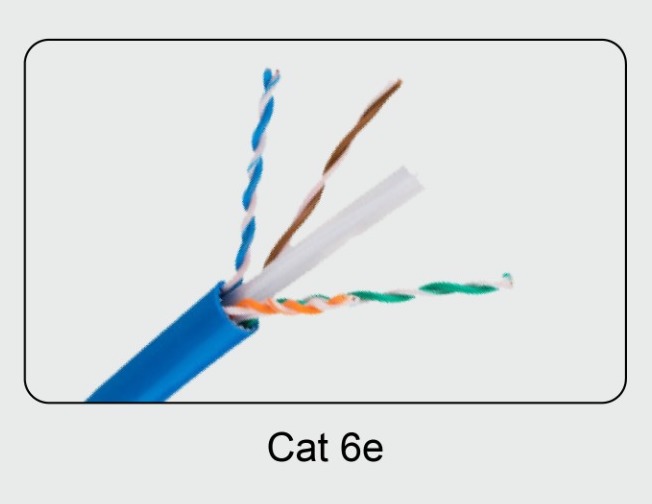

Globally there are two major governing standard bodies ANSI/TIA and
ISO/IEC which define the generic cabling for customer premises specifies
general-purpose telecommunication cabling systems (struc- tured cabling)
that are suitable for a wide range of applications (analog and ISDN
telephony, various data communication standards, building control systems,
factory automation).
Both these bodies have defined several link/channel classes and cabling
categories of twisted-pair copper interconnects, which differ in the
maximum frequency for which a certain channel performance is required:











In addition, the standard defines categories of shielded and unshielded
twisted pair cable systems, with different levels of performance in signal
bandwidth, insertion loss, and cross-talk. Generally increasing category
numbers correspond with a cable system suitable for higher rates of data
transmission.
Further, based on the above we can evidently see that there is no Standard
specify CAT6e. However, few manufacture are manufacturing some cable under
this naming structure claiming cables support frequency of 600 Mhz. When
we study the same a bit further we would also see that both the cables
i.e, CAT6 and CAT6e support 10G upto a distance of 180ft (Depends on the
construction of the cable) and 1G upto a distance of 328ft.
Looking at the construction which are offered for the cable to support
higher bandwidth we would see the below :


If we closely look at the construction of the cable which the OEM promote
is a spline is a cross separa- tor that is ran in the middle of the cable.
This spline / cross separator is used to separate each individual twisted
pair. By increasing the separation of the twisted pairs this gives you
better performance against near end crosstalk. Crosstalk can be signal
noise between the pairs that can reduce signal strength. So to better
perform against this the spline was introduced.
Further, when we would look at the standards 600 Mhz refer to a Class F or
CAT7 Cabling standards or CAT6A at 500Mhz. However, these cables are
tested on 600Mhz however they don’t certify for the same, as when the
cables are added in a Channel i..e along with the Information Outlet (I/O)
and Patch Cords it would be tested and certified for a CAT6 Channel and
the Warranty would be also issued based on the same as per the ANSI/TIA or
ISO.IEC Standards.
Thus we can clearly see that CAT6e is not a approved cabling standard. The
individual cable would support for 600MHz however as for the application
warranty of the channel would be on CAT6 Stan- dards only i.e. 250Mhz. In
addition, one need to look at the construction of the cable while
selecting it to support future ready application.